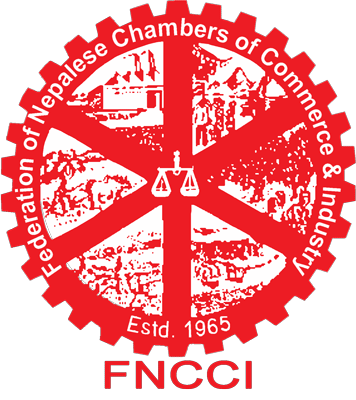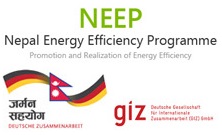Sector Highlights
Brick is a primary building material in many parts of Nepal, particularly in Kathmandu Valley and in the southern plain of Terai. Brick demand has increased dramatically over recent decades with the demand for housing. It is estimated that about 575 Brick kilns are in operation in Nepal. The capacities of these kilns range from 15,000 to 50,000 bricks per day. Clay is the main raw material for brick making, which is available at very low cost. Brick making is an energy and labour intensive process. Hand moulding of green bricks is widely practiced in Nepal and there is no mechanization of this process (except for large Hoffman Kiln units). The industry is seasonal and operates mostly for about six months from December to June again except for large mechanized kilns with shades for storing bricks.
There are distinctly two types of brick industries namely the machine made bricks and handmade bricks. Most of the units in the country are handmade green brick making units. The kiln is mostly natural draft system or bull trench kilns (BTK). Moving Chimney BTKs (MC-BTK) that were the prevalent tchnologies in the past have been replaced by the fixed chimneys (FC-BTK) after the Government took steps to ban such units from the Kathmandu Valley. Apart from BTKs, there is also clamp, Hoffman and Vertical Shaft Brick Kilns (VSBK) in Nepal. Government has promulgated the standards on Chimney Height and Emission for the brick industries since 2008.
Process
Major process involved in brick making are Digging/Excavation, Clay preparation, Moulding, Sun drying, Stacking, Firing, and un-stacking/unloading. Hand moulding of green bricks is widely practiced in Nepal and there is no mechanization of this process (except for large Hoffman Kiln units). The industry is seasonal and operates mostly for about 6 months from December to June except for large mechanized kilns with shades for storing bricks.
Energy Use
Nepalese brick kilns use mainly coal as energy resource which is imported from Assam in India. Apart from coal, a small fraction of sawdust/fire-wood is also used as fuel in these kilns. Brick making is an energy and labor intensive process. Approximate share of electrical and thermal energy used in brick industries in Nepal is presented below.
Major energy consuming section of the brick industry is the kiln where coal is used as an energy source for firing of green bricks. Electricity is mainly used for lighting. Few industries with mechanized moulding use electricity for clay preparation and moulding of green bricks.
Conventional brick production is one of the largest energy consumers and air polluters in Nepal. VSBK technology consumes less energy and produces 30 to 40 % less CO2 emission, as compared to traditional production methods. Therefore, specific energy consumption of more efficient VSBK Kilns is considerable lower than in traditional FC-BTKs in Nepal (GIZ/NEEP, 2012).
Beside the negative environmental impact, this labour-intensive sector carries a lot of health hazards as well as social complications, e.g. child labour, very bad working conditions, etc. Few years back the BrickClean Network was started by “concerned citizens” and non-governmental workers in Nepal to make brick consumers aware about the social and environmental impact of this industry.
The overall objective of the network is to promote a socially responsible brick industry in the country, particularly working on eradication of child labour, improvement of living and working conditions of labourers, reduction of air pollution and other environmental impact and eradication of animal abuse. The BrickClean Network developed a voluntary label for the brick sector that gives an indication to the consumers how far a brick entrepreneur is considering environmental and social minimum standards.
References
- GIZ/NEEP, 2012: Baseline Study of Selected Sector Industries to assess the Potentials for more efficient use of energy.
- ESPS-DANIDA, 2000-2005: Cleaner Production report of brick industry
- Confederation of Indian Industry: Investors manual for Energy Efficiency
- BrickClean Network, 2012: The BrickClean Network Webpage. Available from: http://www.brickclean.net



